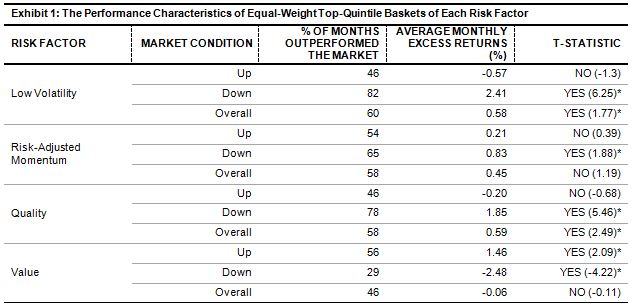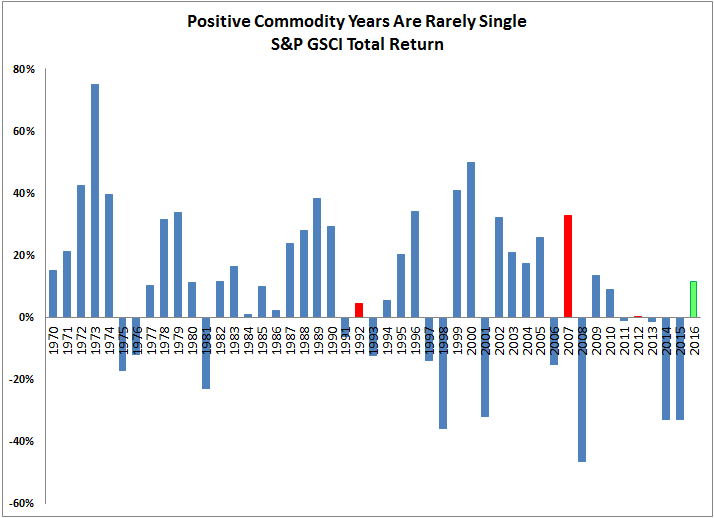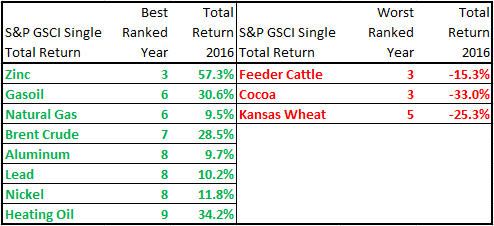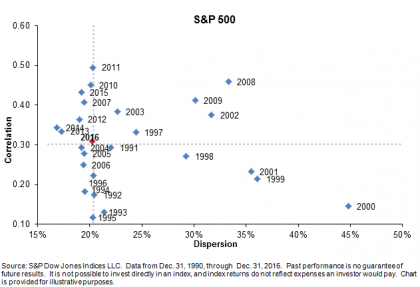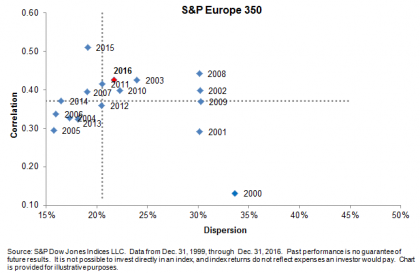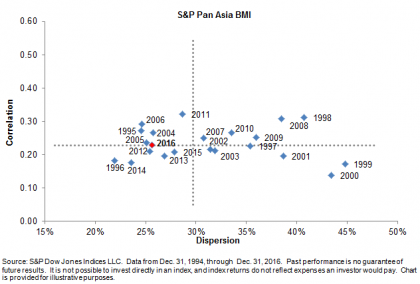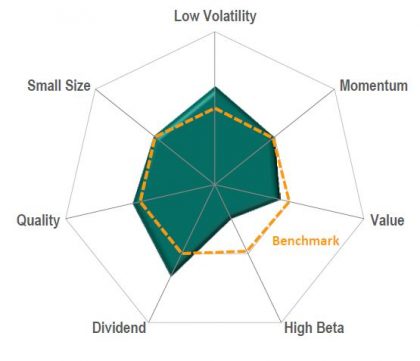With an increasing number of smart beta strategies that track the same factor in the marketplace, it is more important than ever to understand the underlying drivers of risk and return of these strategies, which can vary greatly. This is because the underlying portfolio construction of these strategies determines risk and return and, ultimately, the factors to which a portfolio is exposed. Portfolio construction also determines how investable a strategy is, and this is often manifested through both financial and non-financial costs. For example, consider two strategies that are all but identical except their rebalance frequency. The strategy that rebalances more frequently may have a higher factor exposure, but it is also likely to rack up higher transaction costs. For this reason, if having the maximum possible factor exposure is one of the portfolio objectives, then looking at factor exposure via a risk model may be useful in understanding how much risk exposure you obtain from a strategy—but this should be seen in the context of how much cost is incurred in the process of achieving that exposure.
To that end, we have come up with the cost-adjusted factor efficiency ratio (ca-FER), which seeks to address this trade-off. This new metric is built on Hunstad and Deskahyer’s[1] factor efficiency ratio (FER), and it may be used in conjunction with other criteria that are already at the disposal of market participants to judge smart beta portfolios.
DOES MORE CONCENTRATION ALWAYS MEAN HIGHER FACTOR EXPOSURE?
Moving away from the benchmark is necessary, but portfolio concentration alone may not yield exposure to the desired factor, in terms of the percentage of active risk taken on a total basis. Exhibit 1 indicates how the level of FER in relation to the momentum factor, portfolio turnover, and amount of risk derived from non-momentum common factors changed for portfolios with a varying number of stocks. All these stylized portfolios have the same aim: to maximize the amount of momentum exposure as far as possible by conducting optimizations via the Northfield U.S. Fundamental Equity Risk Model.
As can be expected, when we move away from the benchmark, the level of momentum exposure initially increases with fewer stocks in the portfolio, and this comes with a higher portfolio turnover rate. Meanwhile, active risk derived from exposure to other common factors (excluding momentum and industry risks) also gradually rises with portfolio concentration and eventually overtakes the amount of risk derived from momentum, which is our targeted exposure.
Consequently, “high conviction” concentrated portfolios may experience a double whammy effect. If they are too concentrated, they may experience falling efficiency to the targeted factor, and they may rack up higher portfolio turnover as well.
For more details, see our research paper Smart Beta Efficiency Versus Investability.

[1] Hunstad M. and Dekhayser J. (2015), Evaluating the Efficiency of “Smart Beta” Indexes, The Journal of Index Investing, Summer 2015, Vol. 6, No. 1: pp. 111-121.
The posts on this blog are opinions, not advice. Please read our Disclaimers.










































